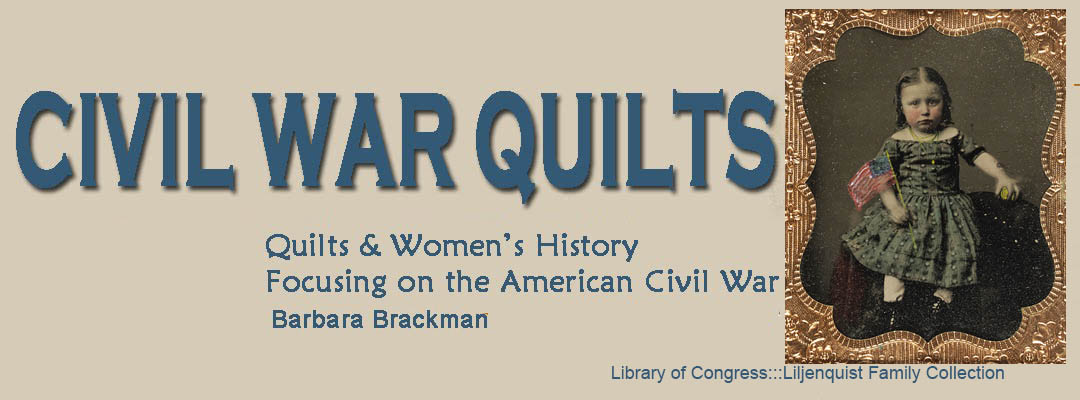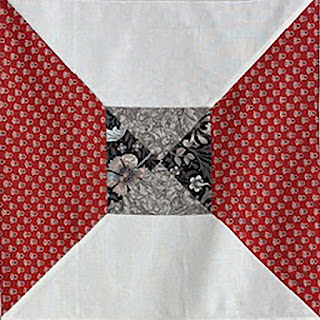Petticoat Press #7: The Freeman for Mary Ann Shadd Cary
by Jeanne Arnieri
Mary Ann Camberton Shadd Cary (1823 –1893)
The only photo of Mary Shadd yet found,
Photoshopped to be a little sharper.
Mary Ann Shadd was born a free-Black in Delaware, the eldest of 13 children of Harriet Parnell and Abraham Shadd, a shoemaker. In the early 1830s after Delaware banned school for African-American children the Shadds moved to West Chester, Pennsylvania.
The 1850 census tells us Mary in her late 20s was not living at home, probably boarding out to teach.
Ten siblings were there with her grandmother Mary Burton for whom she was named.
Abraham was prosperous; worth $5,000, and Grandmother Burton $500.
The Freeman by Denniele Bohannon
Once the Fugitive Slave Act passed in 1850 the Shadds understood that their status as citizens of the United States was dramatically changed. They could be kidnapped and sold South. Anyone who aided them was also considered a criminal. The family moved across the Canadian border to Windsor, Ontario in 1853 following Mary and her brother Isaac.
The Freeman by Becky Brown
In her early thirties Mary published a pamphlet countering slave holders' claims that Canada was a miserable refuge for escaping people. Teaching continued to occupy her time but she saw a need for a Canadian newspaper directed at the migrant Black reader and in 1853 became editor and publisher of the weekly Provincial Freeman with men's names on the masthead. Brother Isaac and sister Amelia were also involved in getting out the paper.
1854, The Liberator
In 1856 she married Toronto barber Thomas F. Cary, also assisting with the newspaper. They had a daughter Sarah Elizabeth and while Mary was pregnant with son Linton Shadd Cary her husband died.
The Provincial Freeman in financial difficulties ceased publication in the late 1850s. Once Linton was born and portents of Civil War sounded in the U.S. Mary and the children moved to Washington City. During the war she acted as a recruiting agent.
The 1880 census in Washington D.C. shows the Cary family with a young boarder.
The Freeman by Elsie Ridgley
1421 W Street NW
Mary Ann's pretty brick house in Washington has a plaque recalling her.
The Freeman by Denniele Bohannon
Mary Ann was apparently the first Black woman to enroll in law school, although it took her years to finish her degree at Howard University graduating at the age of 60 in 1883.
The Block
Here's the BlockBase source---no name; no publication. Let's name it The Freeman for her newspaper.
The Freeman by Becky Collis
Read More:
Mary Ann Shadd, A Plea for Emigration


















.jpg)


































